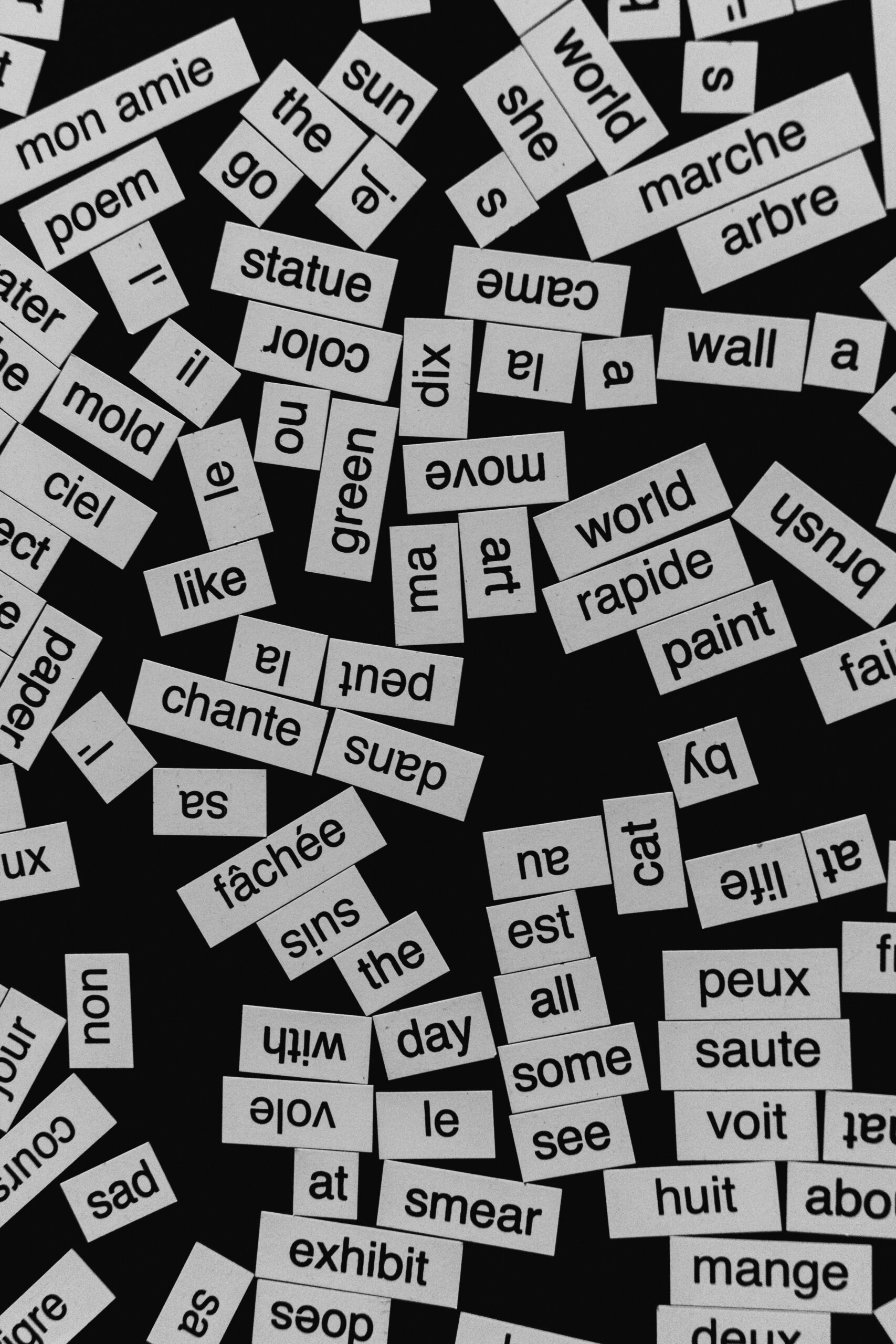Blog
Implementing the Hangman Game in Python

Introduction to Hangman in Python
Hangman is a classic word-guessing game that is not only enjoyable but also a great project for beginners learning Python. By creating a Hangman game, you can enhance your programming skills, understand data structures, and get familiar with control structures like loops and conditionals. In this blog post, you will learn how to implement the Hangman game step by step.
Understanding the Game Mechanics
Before diving into the code, it’s important to understand how Hangman operates. The game typically involves a player guessing the letters of a secret word. For every incorrect guess, a part of a stick figure is drawn. The goal is to guess the word before the figure is fully drawn, usually after a set number of incorrect guesses.
Key Components of Hangman
- Word Selection: A random word needs to be chosen from a predefined list.
- User Input: The player guesses letters until they either successfully guess the word or run out of attempts.
- Tracking Progress: You must keep track of correctly guessed letters and missed attempts.
- Displaying Game State: The game needs to display the current progress and the number of attempts remaining.
Setting Up the Environment
To create a Hangman game, you need to have Python installed on your computer. You can write your script in any text editor, but using an Integrated Development Environment (IDE) like PyCharm or VSCode can enhance your coding experience.
Required Libraries
For this simple Hangman game, we’ll primarily use the built-in random module to select a word at random. Here’s how you can import it:
python
import random
Designing the Game Logic
Now that you have a basic idea of what the game entails, let’s explore how to structure your code.
Step 1: Word Selection
Create a list of words from which the program will randomly select. You can choose words related to a particular theme or mix various categories.
python
words = ["python", "programming", "hangman", "challenge", "developer"]
secret_word = random.choice(words)
Step 2: Initialize Game Variables
You will need variables to keep track of the game state, including the number of incorrect guesses, the guessed letters, and the current state of the word.
python
incorrect_guesses = 0
max_attempts = 6
guessed_letters = []
currentstate = "" * len(secret_word)
Step 3: Display Current Progress
Create a function that displays the current progress of the guessed word, which updates with each correct or incorrect guess.
python
def display_progress(current_state):
print("Current word:", ‘ ‘.join(current_state))
print(f"Incorrect guesses: {incorrect_guesses}/{max_attempts}")
Step 4: Getting User Input
You need a method for accepting user input and validating it. This ensures that the player can enter only one letter at a time and that duplicates are handled appropriately.
python
def get_user_input():
user_input = input("Guess a letter: ").lower()
while len(user_input) != 1 or not user_input.isalpha():
print("Please enter a valid single letter.")
user_input = input("Guess a letter: ").lower()
return user_input
Step 5: Update the Game State
Create a function to check if the guessed letter is in the secret word. If it is, update the current_state accordingly; if not, increase the incorrect_guesses.
python
def update_game_state(secret_word, current_state, guess):
if guess in secret_word:
current_state = ”.join(
[guess if secret_word[i] == guess else current_state[i] for i in range(len(secret_word))]
)
return current_state
Step 6: Main Game Loop
Now comes the core logic of the game, which will continue until the user either guesses the word or runs out of attempts.
python
while incorrect_guesses < maxattempts and "" in current_state:
display_progress(current_state)
guess = get_user_input()
if guess in guessed_letters:
print("You already guessed that letter.")
continue
guessed_letters.append(guess)
if guess not in secret_word:
incorrect_guesses += 1
current_state = update_game_state(secret_word, current_state, guess)Step 7: Announce the Result
Finally, after exiting the loop, provide feedback to the user about whether they won or lost the game.
python
if "_" not in current_state:
print(f"Congratulations! You guessed the word: {secret_word}")
else:
print(f"Game Over! The correct word was: {secret_word}")
Enhancing the Game
Once you’ve created the basic version of the Hangman game, consider adding features to make it more interesting:
- Difficulty Levels: Implement different difficulty modes with varying word lengths or fewer attempts.
- Graphical Representation: Use libraries like Tkinter or Pygame to create a graphical version of Hangman.
- Leaderboard: Track and save high scores or number of wins.
Conclusion
Creating a Hangman game in Python is a fantastic way to practice programming while having fun. By following the steps outlined in this article, you can develop a fully functional game and even enhance it with additional features. Enjoy coding and challenging your friends to guess the words before they run out of attempts!
Happy coding!
